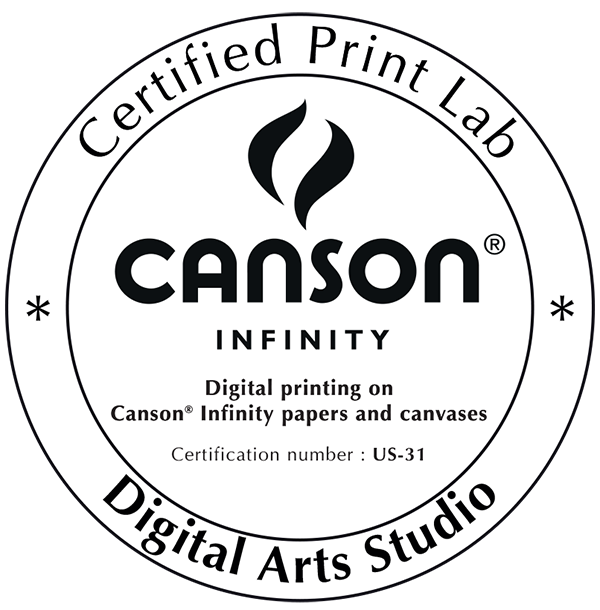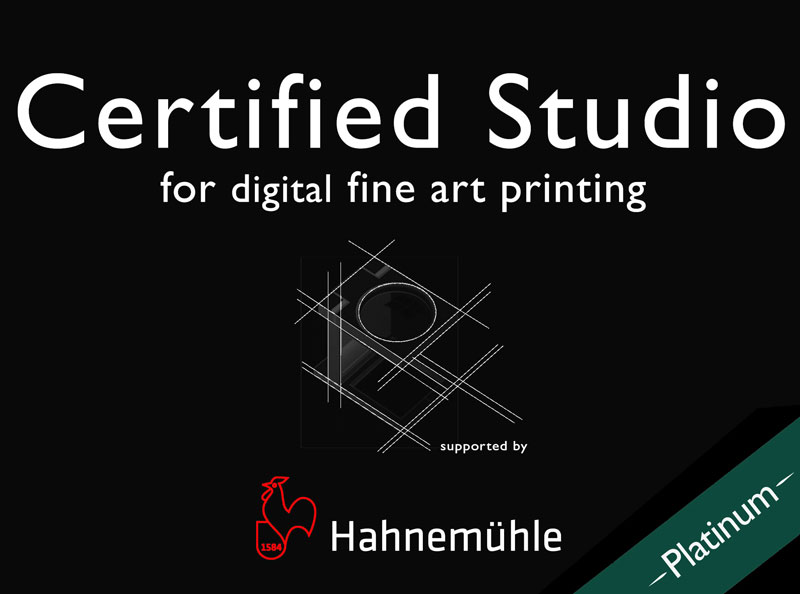Giclée Print Goodness
Giclee prints offer great benefits to artists, buyers, and galleries when care is taken to create and sell them with care.
Giclee Prints Rule When Making Fine Art Reproductions.
Reprinted with permission of Author, Barney Davey. Subscribe to his blog at: https://artmarketingnews.com

If you have been following this blog, you know I was a speaker at the recently completed 2012 smARTist Telesummit. It had an interesting and informative lineup of bright minds offering great ideas for visual artists.
Despite that my Boost Your Art Career: Use Publicity, Promotion and the Power of Self-Belief to Leverage Your Success topic targeted art marketing for all artists, a question about giclees prints came up on my smARTist Panel Day. As the author of How to Profit from the Art Print Market, 2nd Edition, the question was not unexpected.
Giclee Prints Have Many Advantages, Including Reducing Crushing Inventory Problems.
On my panel, there were five other speakers who also were answering the same questions. A couple of them voiced negative opinions about digital fine art reproductions. One actually mentioned getting a tall bed to store unsold inventory. I found that an odd answer since the driving factor in the popularity of digital prints is there is never an inventory.
Your Personal Perspective Can Skew Reality.
Another of the panelists strongly advised artists against selling giclees. I understand her bias. Since as an art appraiser and original art reseller, she turns giclee print resale prospects away because she has no aftermarket for them. And, in some cases, she knows the giclee prints were overpriced to start. I am certain this is what happens in her world, and that the opinions she offers are based on her perspective. However, it is a bigger world than what she sees from her local dealings in original art. There are giclee prints that have increasing value once the edition is sold out.
Shady Sales Tactics Can Lead to Bad Results.
I agree there is art sold on cruise ships, in resorts, and other places where unsuspecting buyers are sold limited edition giclee prints with either the outright expectation or canny implication they have an aftermarket value. When those buyers later learn they have purchased expensive, decorative art with no chance to recoup the initial cost, much less make a profit, understandably, they end up angry at the artists, dealers, and galleries who sold them the limited edition. Who wouldn’t be? Recognizing this happens emphasizes it is more “caveat emptor” now than ever for art buyers.
I do not wish to take anything away from artists who can demonstrate there is a secondary market for their giclee prints. It’s obvious some artists’ giclee prints do have aftermarket resale success. For them, limited editions are an upright business model. Even for those artists who wish to sell limiteds, it can be a legit business model, so long as the images are sold without the buyer expecting to be able to return or resell the art and be made whole, or make a profit.
There Is An Active Secondary Market for Giclee Prints
ArtBrokerage.com, a leading secondary art broker, currently offers 8,500 limited editions, including many giclee prints. Limiteds represent more than one-third of the 23,500 listings offered on its website.
The company has been in business since 1983, which indicates the aftermarket on originals and limited edition prints continue to have value, even in this weak art market. To add my own perspective, 8,500 listings of limited edition prints is a tiny fraction of the overall limited edition market. There surely are thousands upon thousands of artists actively selling limited editions.
Why Are You Selling Limited Editions? Do You Unintentionally Imply Aftermarket Value In the Sale?
Given the ratio of successful versus unsuccessful prints, I have long championed the idea of open edition prints. That said, I do not preach open editions are the only way to sell giclee prints. You have to come to your own conclusion using study and research as mentioned above. If it works and it is ethical, please feel free to ignore my advice, or that of any others whose ideas don’t match your situation.
I have written numerous posts here and as a guest blogger on Absolutes Arts, and other sites arguing why open editions are in the best interest of most artists. Use the Search Box at the bottom of the left sidebar to research them.
Here Is the 411 on Selling Art, Including Giclee Prints.
It doesn’t matter what medium you are selling, if you don’t believe in what you are doing, study and research the best ways to market your images, you are not going to have success.
You won’t find any artist with a stellar success getting work to market, whether it is giclee prints or original art, who is not fully committed to creating art collectors want to buy, and staying on top of the evolving ways they want to buy it.
When you sell an open edition print, it is implied to not have any aftermarket value. The buyer is getting a faithful digital reproduction of the original. As one panelist emphasized, there needs to be a significant difference between originals and giclee print prices.
Quality, Integrity and Transparency Are Keys to Success in Selling Giclee Prints.
The bottom line is in order to be successful and maintain your reputation, it is imperative you make your best art, and act with transparency and integrity. Use those attributes as guiding lights and then no matter how you market your art you can be profitable and sleep soundly.
5 free must-read reports for artists:
get instant access to insider info designed to market your art in new ways.





